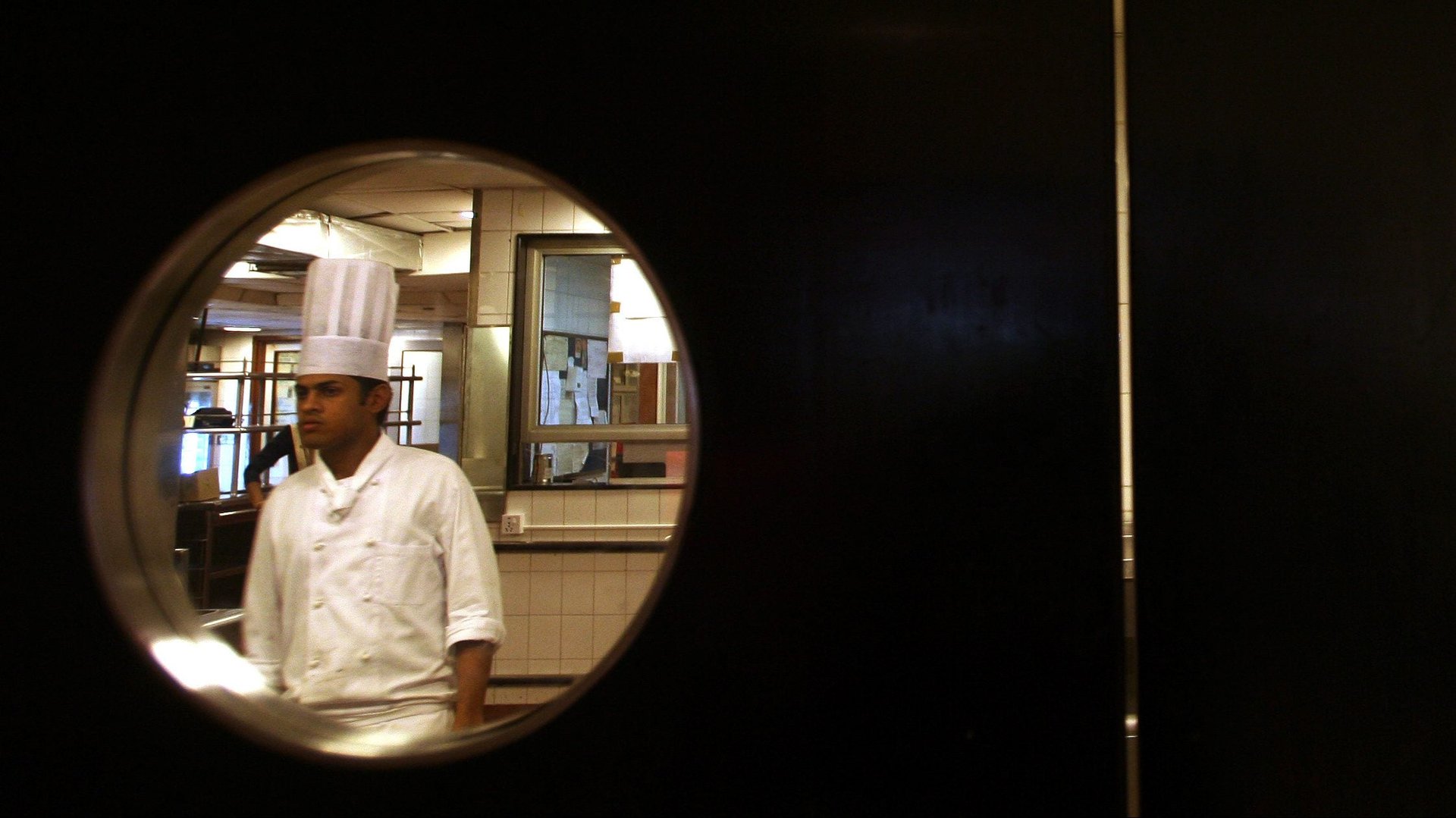Ola proved itself smarter than Uber in India’s food-tech space
Uber Eat’s abrupt disappearance from India’s food-delivery scene yesterday (Jan. 21) has put all eyes on its rival, Ola.


Uber Eat’s abrupt disappearance from India’s food-delivery scene yesterday (Jan. 21) has put all eyes on its rival, Ola.
With US cab aggregator Uber selling Uber Eats to Gurugram-based Zomato in a $350 million (Rs2,492 crore) all-stock deal, Ola’s food-delivery arm has been reduced to a distant third in the online food segment.
However, experts say, the homegrown ride-hailing company remains on a firm footing, thanks to a smart move it made last year: Moving away from Foodpanda’s pure food-delivery model to build its own brands and curated food offerings such as The Great Khichdi Experiment, Lovemade, FLRT brands, and Holachef.
“In general, Foodpanda has already thrown in the towel and plans to reduce exposure to the delivery-only market, given the declining average order value and rising costs,” said Yugal Joshi, vice-president at Texas-based consultancy Everest Group. “Therefore, (the Uber Eats deal) does not materially impact Foodpanda’s plan.”
Riding into food
Seven months after Uber Eats launched in India in May 2017, Ola acquired food-delivery firm Foodpanda’s India business in an all-stock deal. It committed to investing $200 million into the new acquisition at the time.
However, aggressive rivalry got the better of both Ola and Uber.
Their strategies—deep discounting for customers, high commissions for restaurants and generous wages for riders—were mostly aimed at grabbing more customers, instead of making money. No wonder then that in the financial year 2018-19, Foodpanda’s net loss zoomed 230% to Rs756 crore. Meanwhile, UberEats’ India business posted operating losses of Rs2,197 crore between August and December 2019.
Mounting losses in their core ride-hailing businesses did not help either.
In the meantime, Swiggy, backed by Chinese food-to-flights startup Meituan Dianping, and Ant Financial-funded Zomato remained segment leaders.
With the latest deal, Zomato now holds over 50% market share, according to Yagnesh Sanghrajka, CFO of venture capital firm 100X.VC. Swiggy has most of the other half, making the sector effectively a duopoly.
Ola finally decided to bow out of such bloodletting.
New diet
The Bengaluru-based on-demand taxi company began experimenting in the delivery space five years ago.
In 2015, it launched Ola Cafe in a handful of metros, only to shut it down within a year. Its second attempt, Ola Store, a hyperlocal grocery delivery service, fell flat, too.
The Foodpanda acquisition was its third shot.
However, Foodpanda’s buzz, too, tapered off soon. But this time, foresight struck—in mid-2019, to be precise—and the company changed course.
Last May, Ola pivoted away from the business, reportedly laying off 40 employees and 1,500 delivery executives and delisting third-party eateries. It then began building a portfolio of its own food brands. Today, Ola Foods has a network of 40 cloud kitchens across six cities: Bengaluru, Hyderabad, Mumbai, Pune, Delhi NCR, and Chennai. By the end of 2020, it is looking to expand to 80 more.
“My take is that Ola will take a swing at Zomato and Swiggy’s market share and leverage the operational model to win over loyal customers and unhappy Zomato or Swiggy users,” said Gabriel Appleton, co-founder of data intelligence company Vumonic Technologies. “For example, cloud kitchens exclusively serve delivery orders, so theoretically they can beat Swiggy and Zomato on quality and speed of delivery. We will see what their discounting strategy is or will be, but potentially matching price and beating them on speed and quality is a winning combo.”
The move has also turned Ola’s competition into collaborators in a manner of speaking. “Ola has transitioned into a brand-based offering with a few restaurant brands that are also available on Swiggy, Zomato, and Dunzo,” said Rohan Agarwal, director of consultancy RedSeer. This means Zomato and Swiggy’s growth is actually good news for Ola.
Its strategy to set up physical stores for its private brands, à la The Great Indian Khichdi Experiment in Bengaluru, has the potential to scale up, too, says Sukriti Sethi, analyst at Noida-based TechSci Research.
For now, it looks like Ola can have its cake and eat it too.